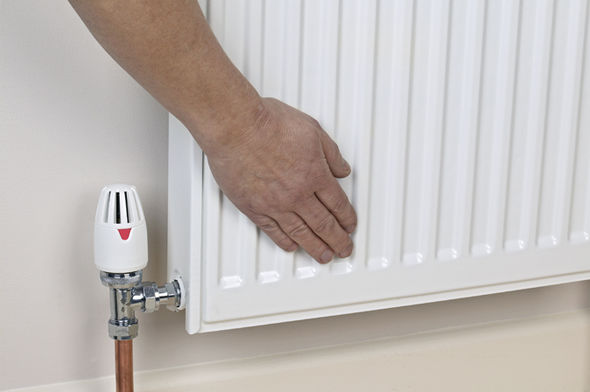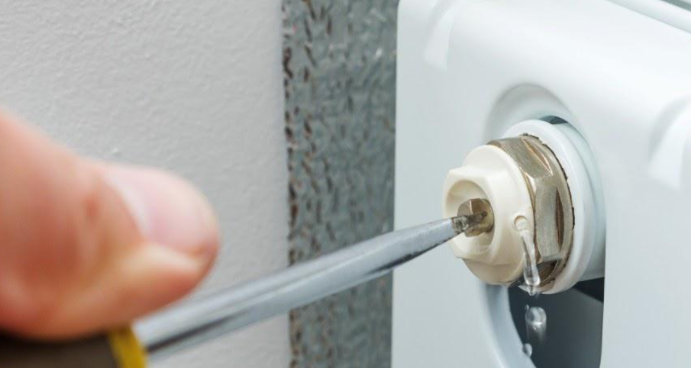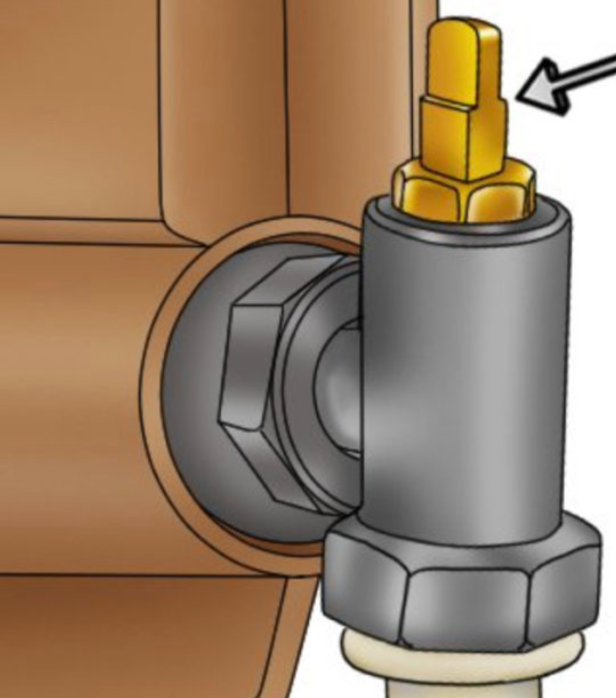Discover More
Radiator Health Checks
Energy Efficiency Week 2021 / Tuesday
Level 2: Tips to diagnose radiator problems
If you are not feeling the heat from your radiator and the system is timed to be on, then we have some diagnostic tips to troubleshoot. These simple checks focus on whether your radiators are flowing correctly, have any air blocks or grime build up in your system.
Note: If you are in a building with a maintenance department, its best to leave it to the experts and these tips are more for use at home.
 |
Will you be giving your radiators a health check? |
Are all the radiators are cold?
- Check the trip switches in the fuse board: Make sure there is power to the system. (What each fuse does will usually be written on the fuse board or a small booklet in the door)
- Are you out of Kerosene or oil? Check the tank
- Is the gas on? Check your other gas appliances to see if they are working.
- Check the time settings again: If you have a thermostat in the room, turn it up a few degrees and see if the boiler comes on.
Is just one radiator not warming up?
Check the valve/TRV at the side of the radiator is open,
- This will ensure water is flowing through the radiator.
The valve is open, but the radiator is still cold! : There could be air in the radiator.
- One clue is that the bottom of the rad is hot but the top is cold. Every radiator should have a bleed valve that can be opened with a special tool or screwdriver. Unscrew it a little, if you hear a hiss that’s the air working its way out – keep going until you get a drip of water, then close it off again.
- Check the valve/TRV at the side of the radiator is open.
- Okay the valve is open, but there could be air in the radiator stopping circulation. One clue is that the bottom of the rad is hot but the top is cold because it has air in it. Every radiator should have a bleed valve that can be opened with a special tool or screwdriver. Unscrew it a little, if you hear a hiss that’s the air working its way out – keep going until you get a drip of water, then close it off again.

If none of the radiators are working
(From here on you might need a plumber! – Don’t attempt anything you are not sure about.)
Check for a fault
- Go to your boiler – is there an LCD display with a flashing fault code – if there is look up the code in the manual to see what it relates to. Make a note of the fault code and then reset the boiler (turn it off and on again). If it trips again you likely have to call the plumber but armed with the fault code and boiler make/model they may know what is needed before arriving.
Check the pressure
- Another check is to look at the pressure gauge. (Found on the boiler or pipe work showing ‘bar’ or ‘psi’). If its below 0.5 bar or 0.7 psi the amount of water in your radiator system is low. You may have a leak in your heating system – probably best to call a plumber at this point.
Check the pump
- If the pressure is OK, and the boiler is not in fault, check the circulation pump. For a heating system to work, pumps are used to push water through the boiler and the radiators. It can be tricky to tell if they are working – somethings they have a little LED light which tells you if it’s on, or you could feel the back of it – if it’s warm that usually means heat is circulating. You can also touch the pump, if you feel it vibrating, it’s running.

So, you have checked all of the above and still you are not feeling the heat. Maybe some radiators are hot but others are not, and you have already bled any air out.
Check the boiler temperature/ setpoint
- What is the boiler setpoint? This dictates the water temperature leaving the boiler and is usually between 60 – 70 ⁰ C. If this is turned down too much, this could be why the radiators are not as hot as you expect them to be. Remember though, try to keep it as low as you can as it improves the boiler efficiency.
Do you have a sludge build up in the radiators?
- Is the bottom of the radiator much cooler than the top? If so, you may have sludge in your radiators which is a mixture of rust and dirt. To resolve this, usually the radiator has to be removed and power washed out before reinstating. This is one for the professionals!
Are the radiators unbalanced?
- If most of the radiators are hot, but there is just a few that don’t seem to heat up, then you might try to ‘balance’ the flow of water to the radiators. If a radiator is not getting enough water through it, it won’t give out the amount of heat it is supposed to. Other radiators in the system might be getting too much flow so the idea here is that you try to reduce the flow rate to the really hot radiators, which pushes the flow to the cooler ones.

On a radiator there are 2 valves on each side – one to turn it on and off and the other, which his normally covered with a plastic cap that you can pull off, is for balancing. The balancing valve on the cooler radiator should be fully open. On the hot radiator then you can start to close the balancing valve at a quarter turn at a time. As you increase flow to the cold radiator and reduce flow to the hot radiator the system should start to balance out.
It may take a bit of time to get this right. As you are doing it take a note of how many turns you apply to each rad so at least you can revert to how it was if your efforts don’t work out.
Will you be moving some furniture to let the heat flow?
Privacy Overview
| Cookie | Duration | Description |
|---|---|---|
| cookielawinfo-checbox-analytics | 11 months | This cookie is set by GDPR Cookie Consent plugin. The cookie is used to store the user consent for the cookies in the category "Analytics". |
| cookielawinfo-checbox-functional | 11 months | The cookie is set by GDPR cookie consent to record the user consent for the cookies in the category "Functional". |
| cookielawinfo-checbox-others | 11 months | This cookie is set by GDPR Cookie Consent plugin. The cookie is used to store the user consent for the cookies in the category "Other. |
| cookielawinfo-checkbox-necessary | 11 months | This cookie is set by GDPR Cookie Consent plugin. The cookies is used to store the user consent for the cookies in the category "Necessary". |
| cookielawinfo-checkbox-performance | 11 months | This cookie is set by GDPR Cookie Consent plugin. The cookie is used to store the user consent for the cookies in the category "Performance". |
| viewed_cookie_policy | 11 months | The cookie is set by the GDPR Cookie Consent plugin and is used to store whether or not user has consented to the use of cookies. It does not store any personal data. |



